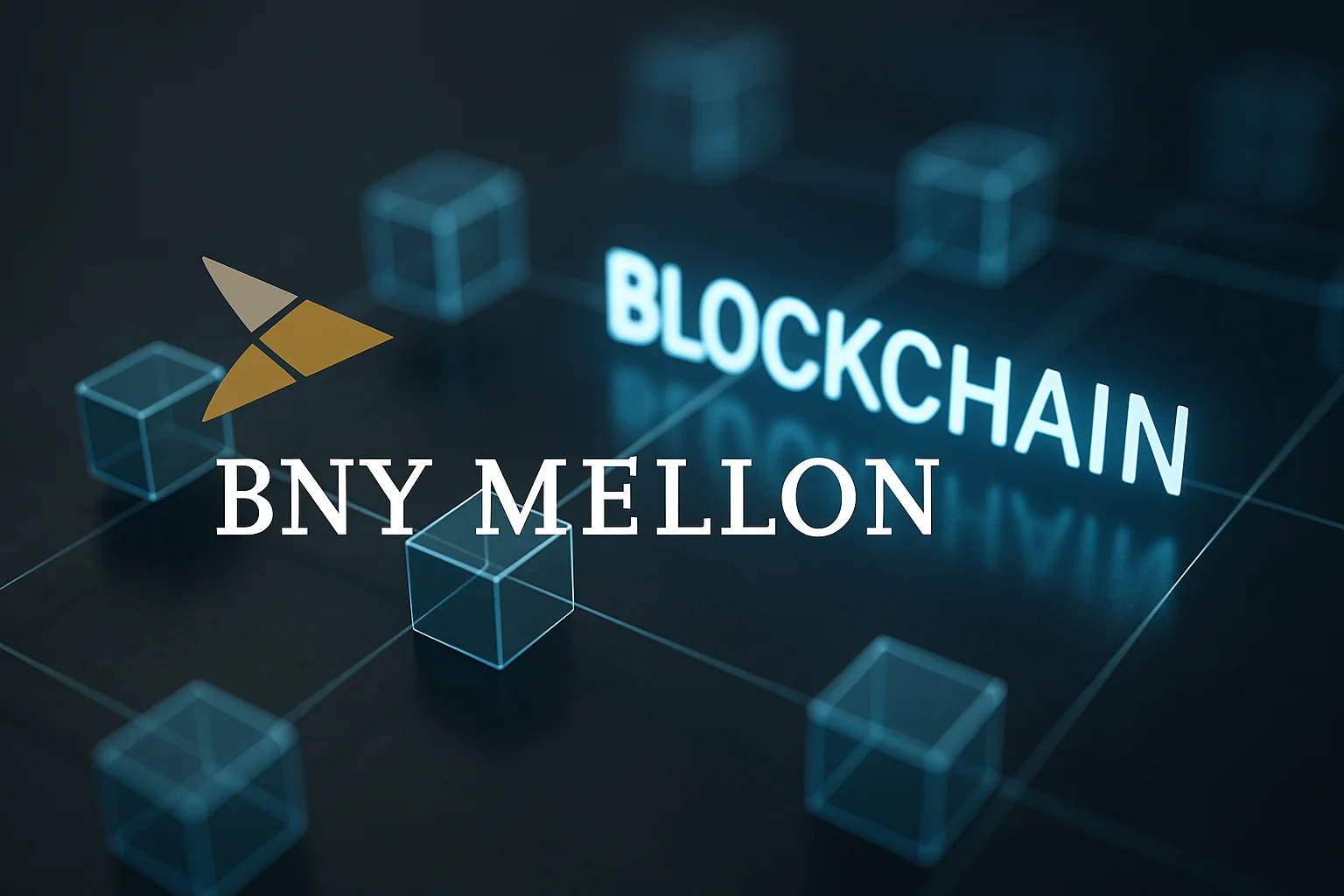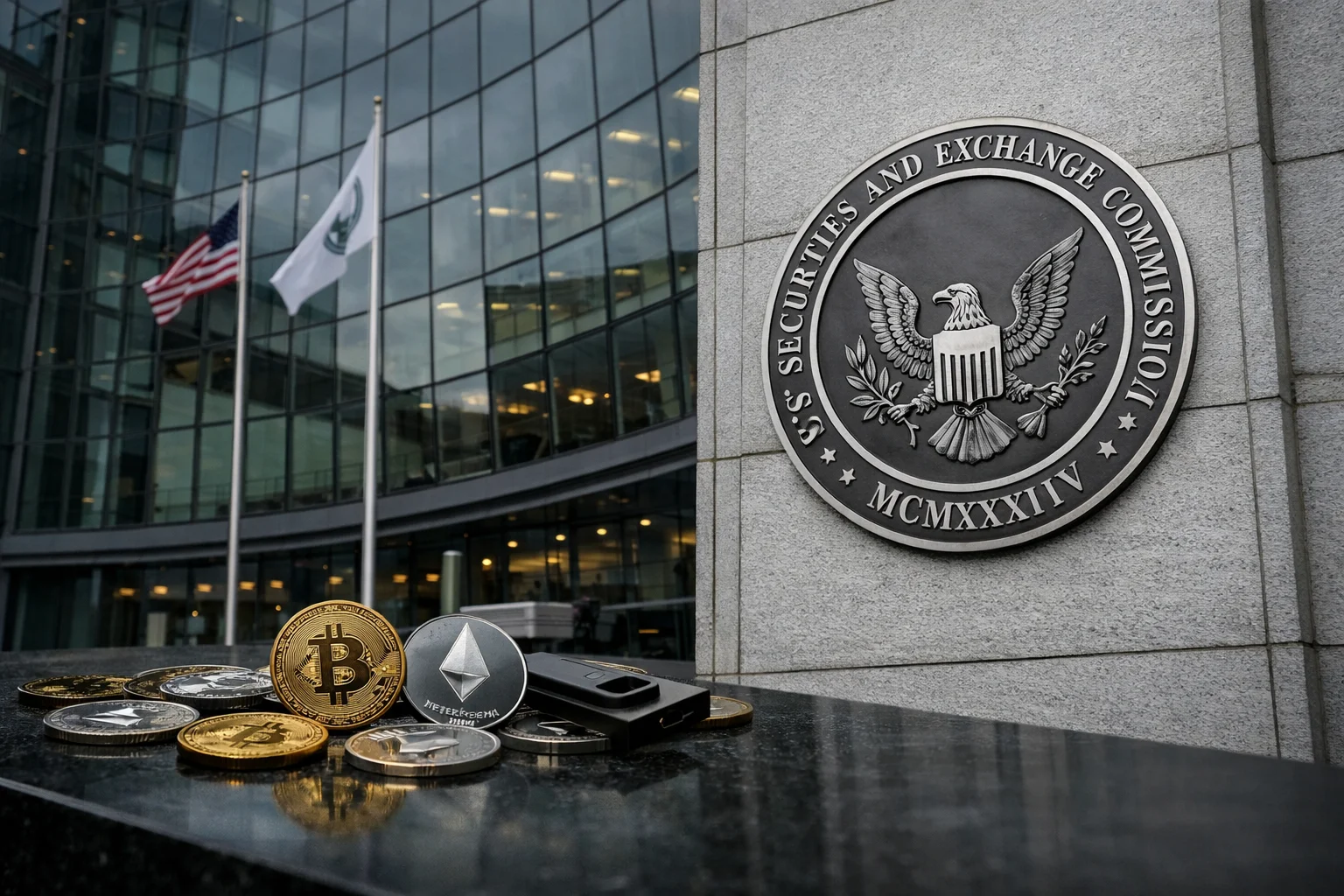The Bank of New York Mellon (BNY Mellon), the world's largest custodian bank, is exploring a "tokenized deposit" system that would support instant and cross-border payments using blockchain technology. This move is part of a growing trend in the traditional financial world toward blockchain-based payment infrastructures.
Critical blockchain move from BNY Mellon
According to Bloomberg, Carl Slabicki, director of BNY Mellon's Treasury Services Platform, said the bank has begun exploring tokenized deposits and that they are a key component of the bank's plan to "modernize its real-time payments infrastructure."

Tokenized deposits are defined as digital tokens issued by banks and collateralized by identical commercial bank currency. Unlike traditional systems, these assets can operate 24/7 on the blockchain, reducing transaction times and enabling cross-border payments to be completed in seconds. BNY Mellon's Treasury Services unit processes approximately $2.5 trillion in payments daily and holds a total of $55.8 trillion in assets under custody or management. Moving such a large volume to blockchain could significantly increase the efficiency of financial transactions. Slabicki stated that tokenized deposits will help "banks overcome legacy technological limitations."
This move is the latest in a series of tokenized deposit initiatives that have gained momentum in the global banking sector. In June, JPMorgan launched a US dollar-backed tokenized deposit project called "JPMD" running on the Base network. HSBC announced a multi-currency tokenized deposit service for its corporate clients last month. Global messaging network SWIFT is also working on a blockchain-based shared ledger system for real-time cross-border payments.
BNY Mellon's interest in digital asset infrastructure is not new. In July, the bank partnered with Goldman Sachs to tokenize the ownership records of money market funds. This project aimed to accelerate collateral mobility and reconciliation processes. The next step is complementary to this structure: combining tokenized cash flows with tokenized assets on the same network.
Although a specific timeline hasn't been shared, Slabicki stated that this technology will initially be deployed within banks' own ecosystems and then expanded to broader markets as industry standards mature.




